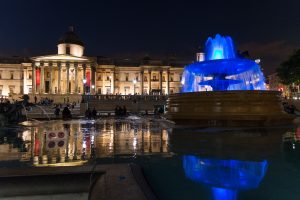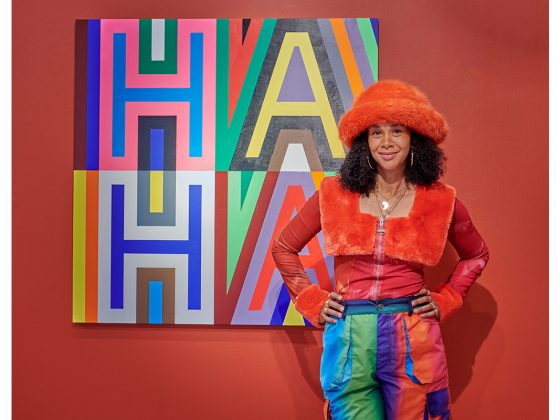The Disasters of War – Goya in Miami
The Fondation Beyeler to present Goya’s legendary series of prints at Art Basel Miami Beach 2019
To kick off its 2020 summer exhibition devoted to the Spanish artist Francisco de Goya, opening in Riehen/Basel in May, The Fondation Beyeler is featuring a selection of twenty-five pictures from Goya’s exceptional etching series The Disasters of War (Desastres de la Guerra,1810–15) at its booth at this year’s Art Basel Miami Beach. The presentation is made possible by a generous loan from the Craig Robins Collection.

©Museo Nacional del Prado. Madrid.
In the more than eighty prints of the series The Disasters of War, Goya portrays events from the Spanish War of Independence (1808–1814), which unfolded in response to Napoleon’s occupation of the Iberian Peninsula. The works depict the deeds and behavior of both the French soldiers andthe Spanish insurgents that irrevocably transgressed societal certainties and conventions. They are representations of a world without morality, in which the belief in the good and rational in mankind has lost its binding nature. In light of the many civil and international wars around the world today, Goya’s relentless portrayal of the harrowing reality of war possesses the same relevance it did at the time it was created.

©Museo Nacional del Prado. Madrid.
The Goya exhibition at The Fondation Beyeler in Riehen/Basel (May 17–August 16, 2020) brings together over seventy major paintings along with an assortment of some sixty superb drawings and thirty rare prints, including The Disasters of War. Rarely seen paintings from Spanish private collections will be featured at the Fondation Beyeler, some for the first time, together with key works from the most renowned European and American museums and private holdings. The exhibition has been developed in cooperation with The Museo Nacional del Prado in Madrid.

Goya
Francisco de Goya (1746–1828) was one of the last outstanding painters in the European court artist tradition and one of the first pioneers of modern art. Around 1800 he was the most esteemed and successful painter in Madrid. His position allowed him to earn a reputation as a brilliant and sophisticated portraitist of the royal family, aristocracy, and haute bourgeoisie. Yet, at the same time, Goya created a space of artistic freedom in which he gave shape to the superstitions and the irrational as well as the depths and nightmares of his time in enigmatic pictures of witches’ sabbaths and Inquisition tribunals, scenes of catastrophe and cannibalism.

©Museo Nacional del Prado. Madrid.













